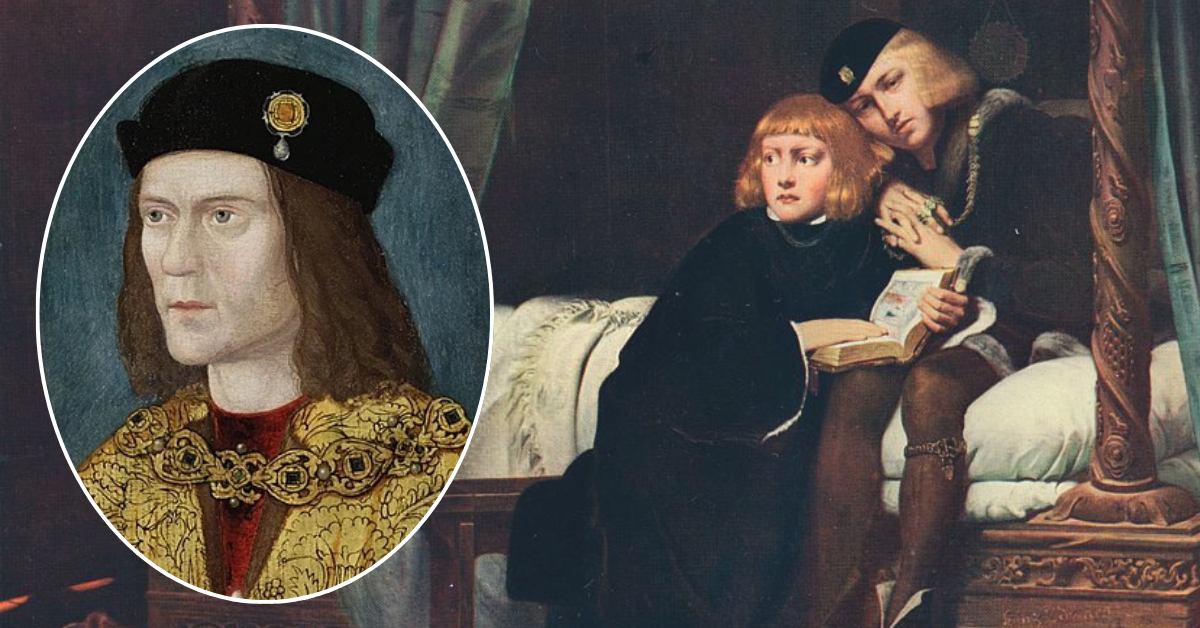In a groundbreaking revelation that threatens to upend centuries of accepted history, new evidence has emerged suggesting that King Richard III — long vilified as one of England’s most notorious child murderers — may not have killed the famed “Princes in the Tower” at all, but instead protected them. Historian Philippa Langley, celebrated for the astonishing discovery of Richard III’s remains beneath a Leicester car park, has unveiled a collection of documents so provocative, they could rewrite one of Britain’s most enduring mysteries.

For over 500 years, the fate of Edward V and his younger brother, Richard of Shrewsbury, Duke of York, has been wrapped in legend and suspicion. The traditional narrative painted Richard III as the ruthless usurper who had his nephews murdered to secure the crown. Yet Langley’s latest findings — detailed in her new book and explored in a Channel 4 documentary — challenge this centuries-old accusation at its core.
Her sweeping investigation, known as the Missing Princes Project, mobilized more than 300 volunteers across Europe, digging into forgotten archives and overlooked manuscripts. Among the most extraordinary discoveries is a 1487 financial receipt from Lille, France, which Langley argues directly references Edward V as alive — not dead — and receiving support from none other than his aunt, Margaret of Burgundy, one of the most powerful political players of the era. This document strongly suggests that Edward was living abroad as a viable claimant to the English throne.
Even more tantalizing is a mysterious manuscript uncovered in Gelderland, Netherlands. The document describes the escape of a young prince from the Tower of London — an account eerily consistent with Richard of Shrewsbury — and his secret life under an assumed identity somewhere in Europe. If genuine, it implies that Richard III not only spared his nephews but actively orchestrated their rescue, transforming him from villain to covert guardian.

Langley’s team didn’t stop there. Two significant documents discovered in Austria and Dresden indicate that Richard, Duke of York, was acknowledged as a legitimate English royal years after his supposed disappearance. This evidence suggests a coordinated network of European leaders quietly supporting a living Yorkist heir — a scenario dramatically at odds with the long-accepted version of events.
Perhaps the most extraordinary revelation is a 1516 will, which mentions a personal belonging of Edward V found in the estate of a knight closely tied to Richard III. This detail raises a stunning possibility: the princes were not murdered, but rather smuggled to safety by Richard’s loyalists, perhaps under the king’s own orders.
Yet despite the weight and intrigue of these findings, the academic world remains divided. Historians warn that while the evidence is compelling, it does not yet constitute irrefutable proof of survival. The simplest explanation — murder — still holds sway for many scholars. But Langley’s discoveries have cracked open a door once thought sealed forever.

As the historical community grapples with these revelations, one question looms larger than all others:
Was Richard III a monster… or a misunderstood protector caught in the crosshairs of political propaganda?
Langley’s work has reignited a firestorm of debate across Britain and beyond, breathing new life into a mystery that has haunted the nation for half a millennium. The story of the Princes in the Tower is far from resolved — and these revelations suggest the truth may be far more complex, far more human, and far more astonishing than history ever allowed us to believe.
The search for answers has only just begun.





